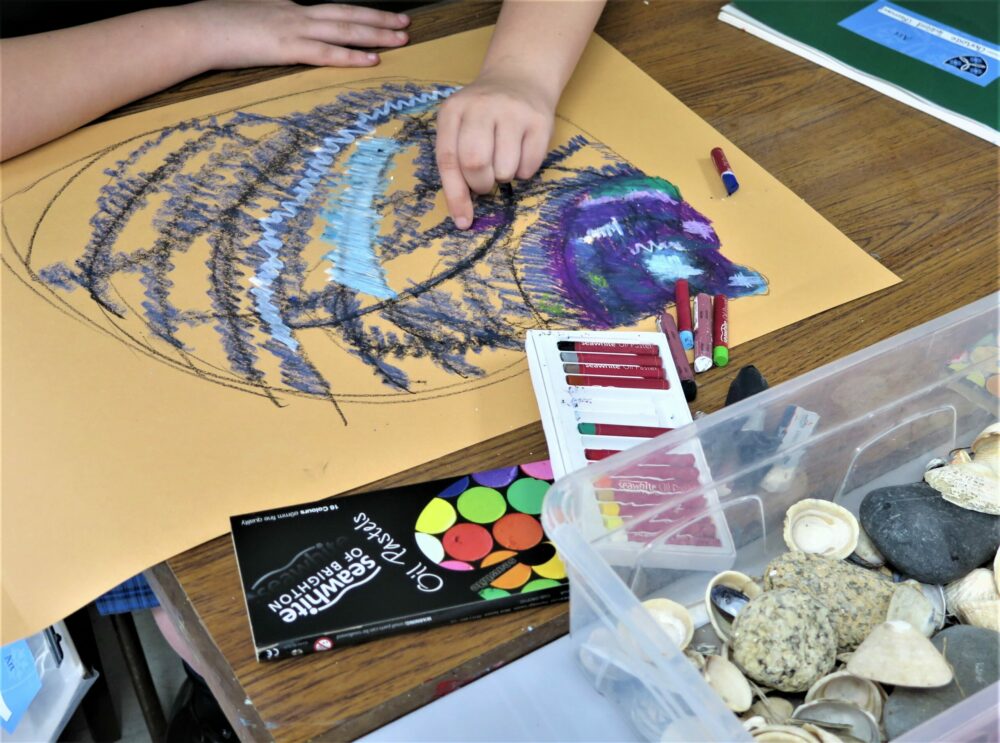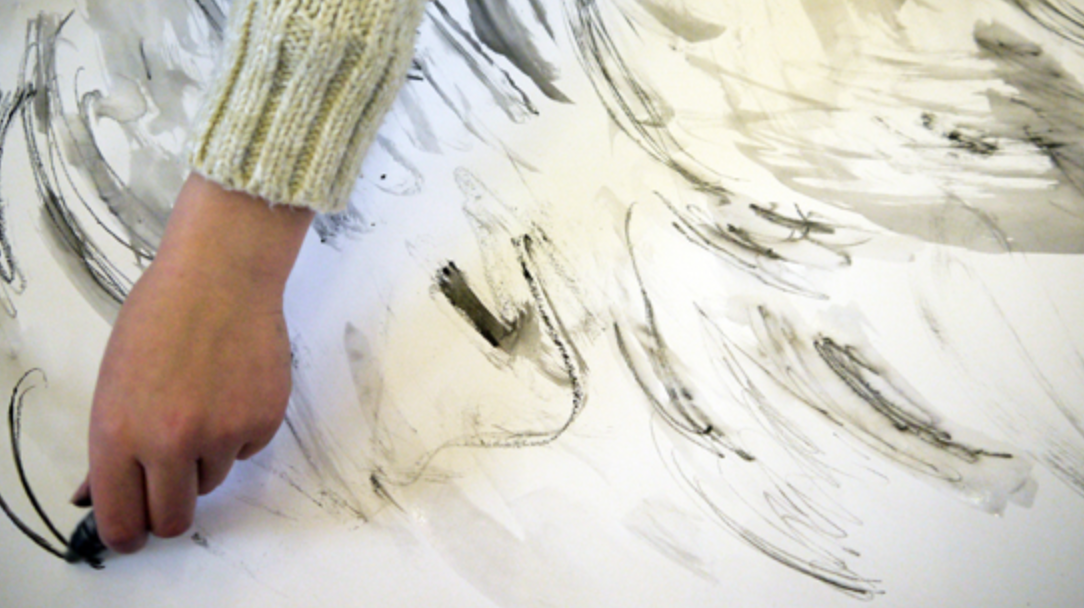Drawing takes many forms, and facilitating drawing encompasses a wide variety of activities. To ensure that learners receive a varied and balanced art education, it’s important to introduce them to different ways of drawing. We would recommend a balanced approach between activities that develop observational drawing skills and activities that promote more experimental, explorative activities.
It can seem like these two areas, observational and experimental drawing, are opposites, but you will quickly see that actually, one feeds into the other, and very soon, pupils will be drawing on all the skills you have taught to develop their drawings.

Observational Drawing
When children (and adults) say they can’t draw, or that their drawing isn’t going well, they are often making that judgment because they imagine drawing is about accurate representation. As we will see, drawing is also about experimentation and expression, but to help those who would like to develop observational drawing skills, we need to teach skills in developing how they see the world around them.
Seeing and drawing are closely linked, and we need to help learners slow down and really see, to enable them to draw.
Explore drawing activities that help learners develop their observational drawing skills, hand-eye coordination, and build an understanding of what drawing can be.
These activities can be revisited time and again (much like a warm-up exercise in a PE lesson), and can be adapted for all year groups.
We’d also strongly advise that you try the activities yourself.

Experimental Drawing
From a child’s first scribbles as a toddler, their drawings are experimental. Continuing to feed this natural impulse is vital. Many of our resources help facilitators and learners continue this exploration. You can visit a list of some of our experimental projects here.
Our experimental drawing projects are generally about enabling learners to develop a personal drawing language and to make and follow their own drawing decisions. This can only begin to happen when learners begin to build familiarity with materials and techniques and develop an understanding of what each medium can do for them. So for this reason, we advocate enabling learners to explore media from a very young age, in a loosely structured session.

Which Comes First: Observational or Experimental?
We would suggest weaving activities that support the two types of drawing amongst each other, as both activities will help develop skills in the other. Try to fit in activities from Ten Minutes, Five Times a Week in the morning, or use key drawing exercises to warm up before a more experimental drawing session.
Generally, experimental activities will take longer, so plan for these to take place during art-based projects.

This is a sample of a resource created by UK Charity AccessArt. We have over 1500 resources to help develop and inspire your creative thinking, practice and teaching.
AccessArt welcomes artists, educators, teachers and parents both in the UK and overseas.
We believe everyone has the right to be creative and by working together and sharing ideas we can enable everyone to reach their creative potential.



